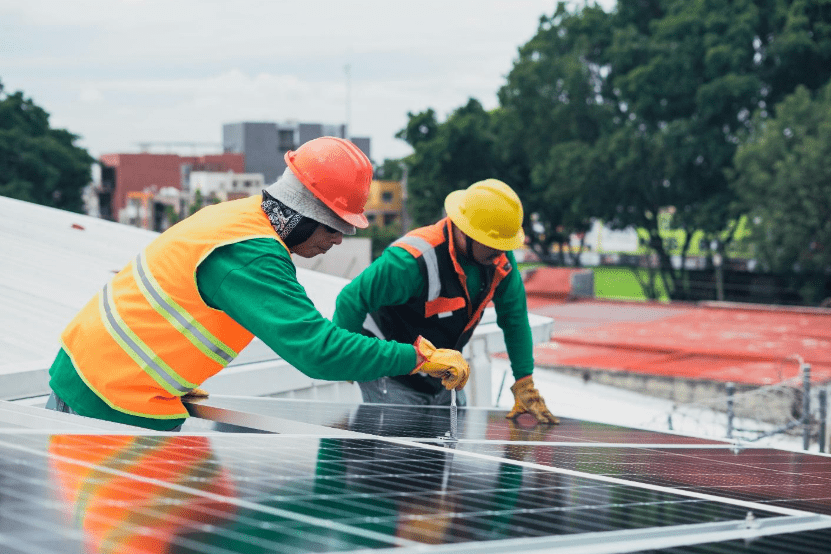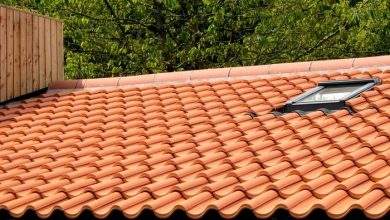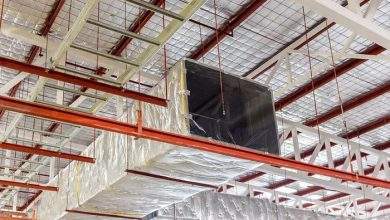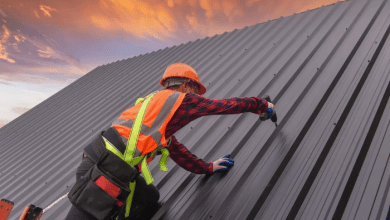
The roof of a commercial property is one of its most critical components, yet it is often overlooked when it comes to regular maintenance. A well-maintained roof protects the building, its occupants, and valuable assets from weather damage, structural deterioration, and costly repairs. Neglecting routine inspections and upkeep can lead to serious issues, including leaks, mold growth, and even total roof failure, resulting in unexpected expenses and business disruptions.
For commercial property owners, especially those managing large facilities or multiple buildings, maintaining the roof is not about aesthetics. It directly affects the longevity and efficiency of the entire structure. In locations where climate fluctuations, heavy rainfall, or strong winds are common, roofs endure significant wear and tear over time. Ensuring that commercial roofs remain in top condition requires a proactive approach that includes inspections, repairs, and preventative measures.
Preventing Costly Repairs and Extending Roof Lifespan
Commercial properties require durable and weather-resistant roofing materials, but even the best systems deteriorate over time without proper care. Regular maintenance helps prevent minor issues from turning into expensive repairs. Common problems such as leaks, pooling water, cracked membranes, and loose flashing can quickly escalate if left unaddressed.
A professional commercial roofing service can help property owners detect early warning signs before they become major structural concerns. Through routine inspections and maintenance plans, roofing professionals ensure that minor damages are fixed promptly, extending the roof’s lifespan and saving property owners from expensive emergency repairs. Investing in scheduled maintenance is significantly more cost-effective than replacing an entire roof due to neglect.
Protecting Business Operations and Assets
A damaged or failing roof can disrupt business operations, resulting in financial losses and safety hazards. Leaks can damage interior spaces, electrical systems, inventory, and expensive equipment, leading to costly downtime. In retail and office spaces, persistent leaks create an uncomfortable environment for employees and customers, negatively impacting productivity and customer satisfaction.
By maintaining the roof regularly, business owners can prevent unexpected shutdowns due to roof failures. Scheduled inspections help identify potential problems early, allowing businesses to plan repairs without disrupting daily operations. Keeping the roofing system in optimal condition ensures a safer, more functional workplace while protecting the property’s overall value.
Enhancing Energy Efficiency
An often-overlooked benefit of regular roof maintenance is improved energy efficiency. A well-maintained roof provides proper insulation, reducing the amount of heat that enters during the summer and escapes during the winter. When roofing materials degrade, cracks and gaps allow air leaks, forcing HVAC systems to work harder to maintain a comfortable indoor climate. This results in increased energy consumption and higher utility costs.
Applying reflective coatings, maintaining proper insulation, and ensuring proper ventilation through regular roof maintenance can significantly improve energy efficiency. Businesses that invest in energy-efficient roofing not only save money on heating and cooling costs but also reduce their carbon footprint, contributing to sustainability efforts.
Ensuring Compliance with Building Codes and Insurance Requirements
Commercial buildings are subject to strict building codes and regulations, which include requirements for roofing integrity and maintenance. Failing to keep up with these regulations can result in fines, legal issues, and even insurance claim denials in the event of damage.
Many insurance providers require proof of regular roof maintenance to honor claims for weather-related damages. If a roof is found to have been neglected, insurance companies may refuse to cover repairs, leaving property owners with costly out-of-pocket expenses. Maintaining detailed records of inspections and repairs not only helps in compliance with local laws but also ensures that insurance policies remain valid and protective.
Preventing Mold Growth and Structural Damage
Unchecked roof damage can lead to moisture penetration, which creates the perfect environment for mold growth. Mold poses serious health risks to employees and customers, particularly in enclosed commercial spaces. Prolonged exposure can cause respiratory problems, allergic reactions, and overall discomfort.
Additionally, moisture accumulation can weaken the structural integrity of a building. Over time, this can lead to costly repairs to walls, ceilings, and support beams. Preventing leaks through routine inspections and timely repairs helps maintain a healthy indoor environment while preserving the strength and stability of the entire structure.
Maintaining Property Value and Curb Appeal
First impressions matter, especially for commercial properties that rely on customer traffic or tenant occupancy. A neglected, aging roof with visible damage can make a property look poorly maintained, potentially driving away potential clients, tenants, or investors. On the other hand, a well-maintained roof enhances curb appeal and reflects positively on the overall management of the property.
Whether you own a retail center, office building, or industrial facility, maintaining an attractive and structurally sound roof contributes to property value retention. If the time comes to sell or lease the building, prospective buyers or tenants will be more inclined to invest in a property with a well-documented history of regular maintenance.
Choosing the Right Maintenance Plan for Your Commercial Roof
Every commercial roof is different, and the best maintenance plan depends on factors such as roof type, local climate, and the building’s use. Flat roofs, metal roofs, and shingle roofs each require different levels of care and inspection frequency.
Partnering with a professional roofing contractor that offers customized maintenance plans ensures that your roof receives the appropriate care year-round. A good maintenance plan should include:
- Biannual or quarterly inspections
- Gutter cleaning and debris removal
- Minor repairs to flashing, seams, and membranes
- Checking for signs of water pooling or structural weaknesses
Understanding the specific needs of your roof helps prevent unexpected issues and ensures long-term durability.
Regular roof maintenance is not just an option—it’s a necessity for commercial property owners who want to protect their investment, minimize costly repairs, and ensure business continuity. Routine inspections and proactive maintenance prevent minor issues from escalating into major problems, reducing the risk of leaks, mold growth, structural damage, and energy inefficiencies.
By staying on top of roof maintenance, businesses can improve safety, maintain compliance with regulations, and enhance property value. For commercial properties in areas prone to severe weather, investing in a preventative maintenance plan with experienced professionals is the best way to safeguard against unpredictable damage and costly emergencies.
Whether you manage a single building or a portfolio of properties, prioritizing roof care ensures that your business remains protected, efficient, and prepared for whatever conditions come its way. Don’t wait until a problem arises—take action today to extend the life of your commercial roof and secure the future of your property.




